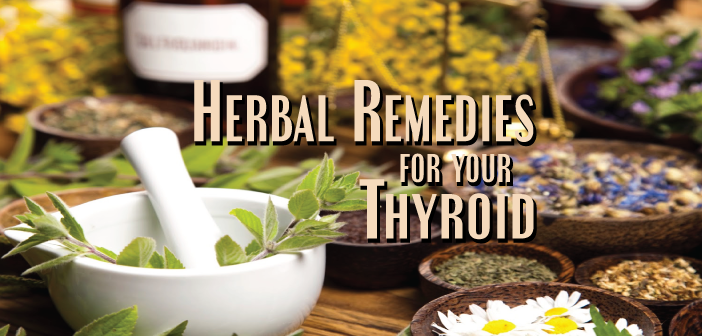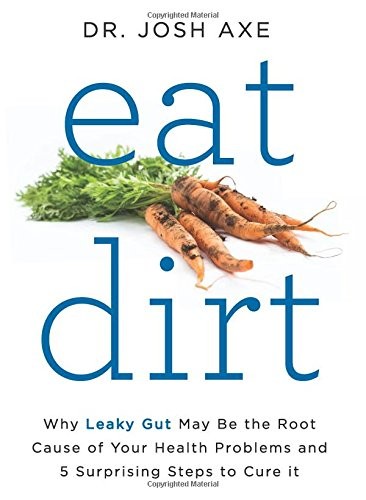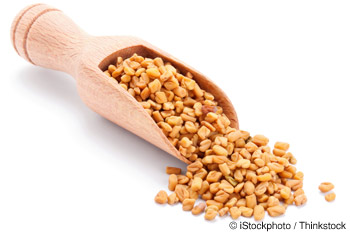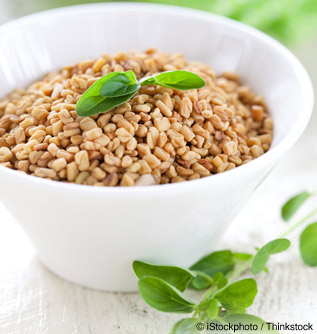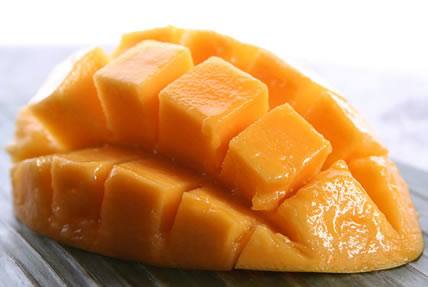
by Mae Chan
PreventDisease.com
Mangoes may very well be the king of all fruits. They fight cancer, alkalize the body, aid in weight loss, regulate diabetes, help digestion, clean your skin, and make the perfect snack. Here are 17 healthy reasons why you should be eating a mango every day.
Nutrition chart
One cup of mangoes (225 gms contain) contains the following percentages that apply to daily value.
105 calories
76 percent vitamin C (antioxidant and immune booster)
25 percent vitamin A (antioxidant and vision)
11 percent vitamin B6 plus other B vitamins (hormone production in brain and heart disease prevention)
9 percent healthy probiotic fibre
9 percent copper (copper is a co-factor for many vital enzymes plus production of red blood cells)
7 percent potassium (to balance out our high sodium intake)
4 percent magnesium
1. Fights cancer
Antioxidants like quercetin, isoquercitrin, astragalin, fisetin, gallic acid and methylgallat present in mango protect the body against colon, breast, leukemia and prostate cancers.
2. Keeps cholesterol in check
Mango has high level of vitamin C, pectin and fibres that help to lower serum cholesterol levels. Fresh mango is a rich source of potassium, which is an important component of cell and body fluids that helps to control heart rate and blood pressure.
3. Skin cleanser
Mangoes help you unclog your pores and add freshness to the face. Mangoes are applicable to any skin type. They help clear clogged pores that cause acne. Just slice a mango into thin pieces and keep them on your face for 10 to 15 minutes and then take bath or wash your face and see the results.
4. Alkalizes the body
According to natural health school.com, mango is rich in tartaric acid, malic acid and traces of citric acid that primarily help in maintaining the alkali reserve of the body.
5. Weight loss
Mango has a lot of vitamins and nutrients that help the body feel fuller. Also, the fibrous fruit boosts the digestive function of the body by burning additional calories, helping in weight loss.
6. Regulates diabetes
Not only the fruit but the leaves of mangoes are healthy too. For people suffering from diabetes, just boil 5-6 mango leaves in a vessel, soak it through night and drink the filtered decoction in the morning. This is helps in regulating your insulin levels.
Mango has a low glycemic index (41-60) so going a little overboard will not increase your sugar levels.
7. Aphrodisiac
Mango has aphrodisiac qualities and is also called the ‘love fruit’. Mangoes increase the virility in men. Vitamin E, which is abundantly present in mangoes, helps to regulate sex hormones and boosts sex drive.
8. Eye care
Did you know that mango is rich in vitamin A. One cup of sliced mangoes equals 25% intake of your daily need of vitamin A. Mangoes help in promoting good eye sight, fights dry eyes and also prevent night blindness.
9. Helps in digestion
Mango contains enzymes that help in breaking down protein. The fibrous nature of mango helps in digestion and elimination. It is is rich in pre-biotic dietary fibre, vitamins and minerals.
10. Heat stroke
When the sun is bogging you down this summer, just chop of a mango in a juicer; add a little water and a tbsp of sugar free or honey. This juice will instantly cool you down and prevent heat stroke.
11. Strengthens your immune
The deadly combination of vitamin C, vitamin A and 25 different kinds of carotenoids keep your immune system healthy.
12. Body scrub
Make a paste of mashed mango, honey and milk and use as a body scrub, you will feel that your skin is tender and smooth.
13. Aids concentration and memory
Studying for exams? This fruit is rich in glutamine acid– an important protein for concentration and memory. Feed mangoes to children who find it difficult to concentrate on studies.
14. High iron for women
Mango is rich in iron, hence it is a great natural solution for people suffering from anemia. Menopausal and pregnant women can indulge in mangoes as this will increase their iron levels and calcium at the same time.
15. Reduces Kidney Stones
In Chinese medicine, mangoes are considered sweet and sour with a cooling energy also capable of reducing the risk of kidney stone formation.
16. Perfect Snack
Instead of snacking on unhealthy chips and cookies, why not feast on slices of mangoes instead. They are perhaps one of the tastiest dehydrated fruits of all.
17. Stomach Tonic
Before going to bed put some 10 or 15 mango leaves in warm water and close it with lid. The next day morning filter the water and drink it in empty stomach. Do this regularly.
Mae Chan holds degrees in both physiology and nutritional sciences. She is also blogger and and technology enthusiast with a passion for disseminating information about health.
Mango Effective in Preventing Colon and Breast Cancer
Source: http://healthimpactnews.com/2013/17-reasons-why-you-need-a-mango-every-day/
Read the full article here: http://preventdisease.com/news/13/051713_17-Reasons-Why-You-Need-a-Mango-Every-Day.shtml








